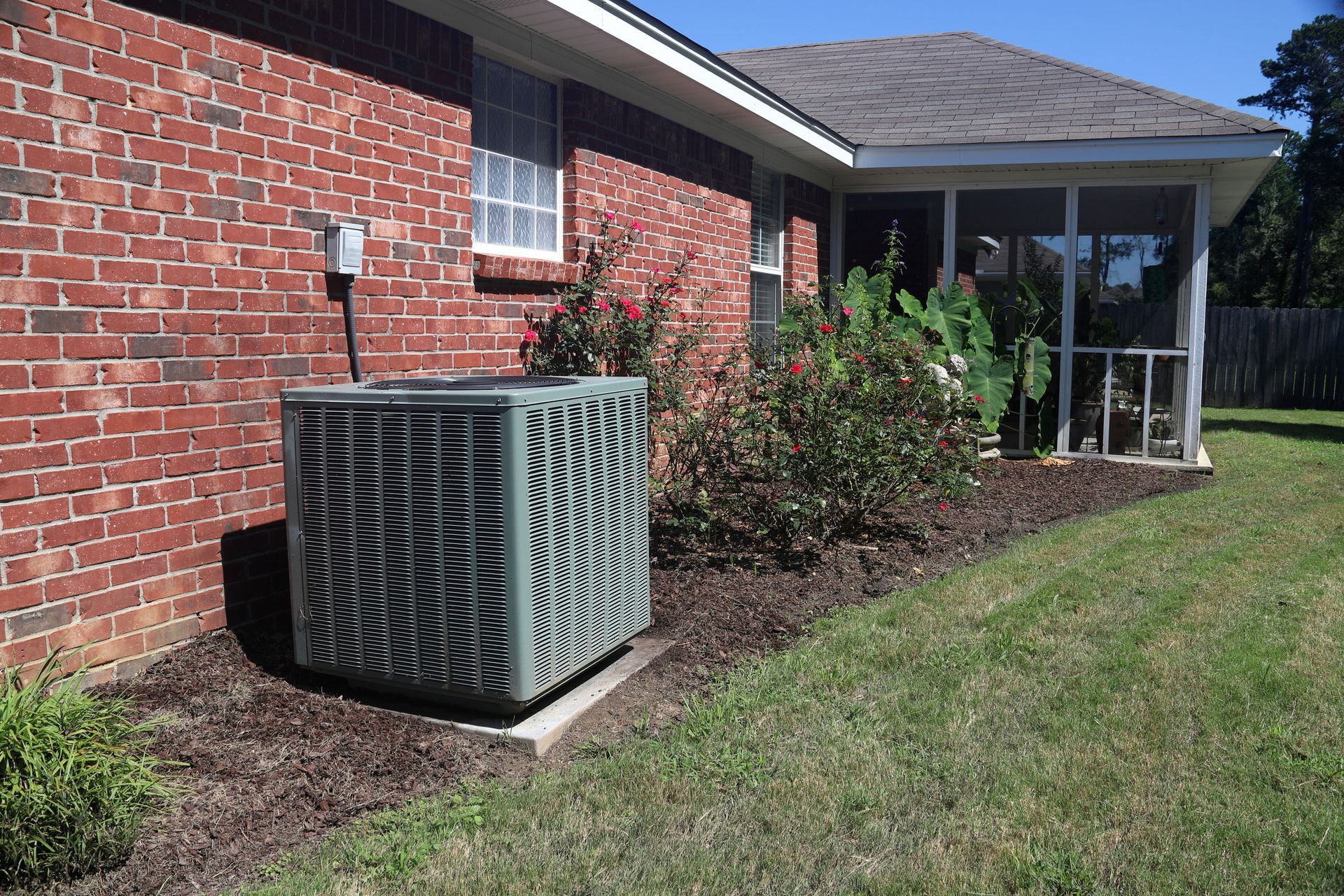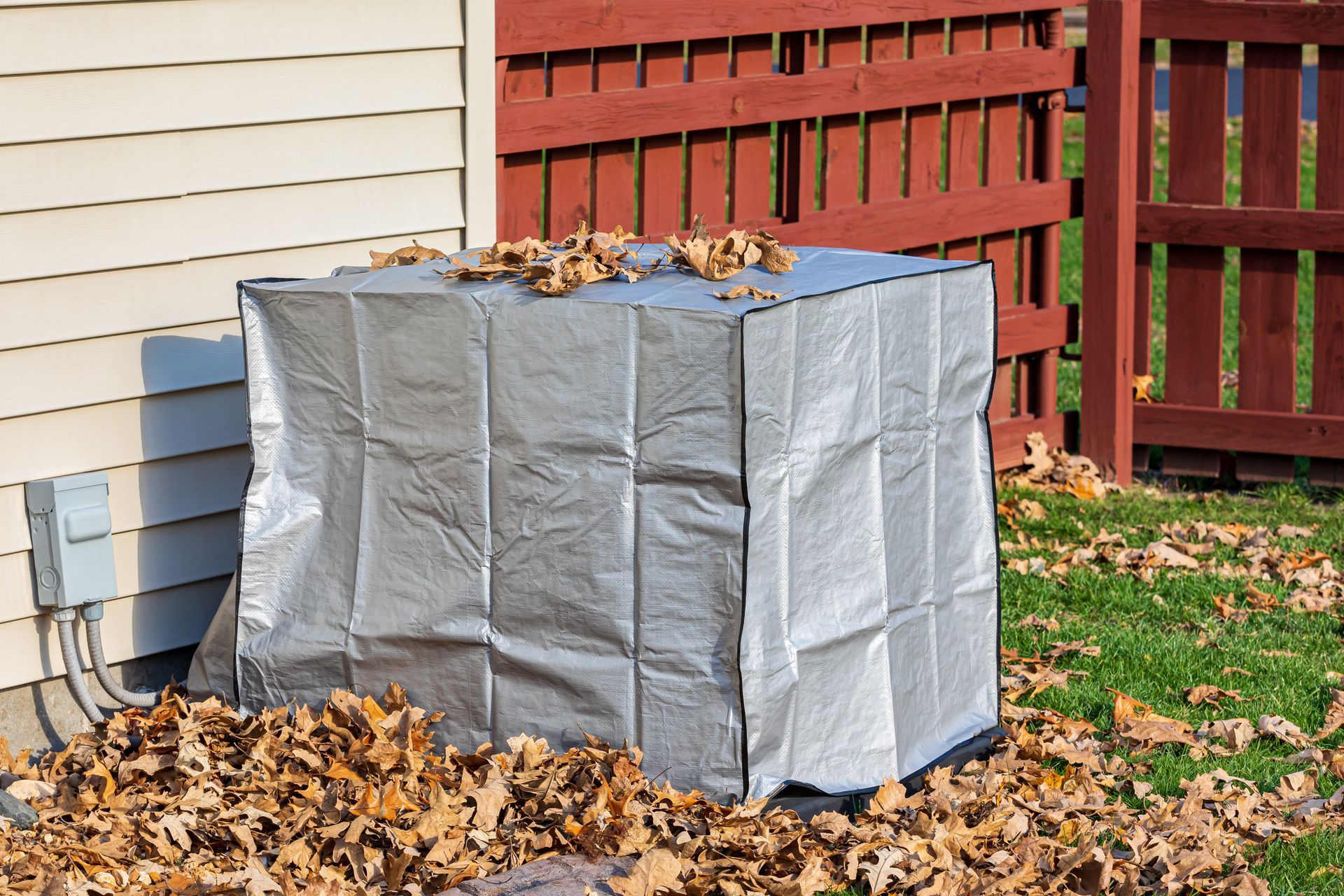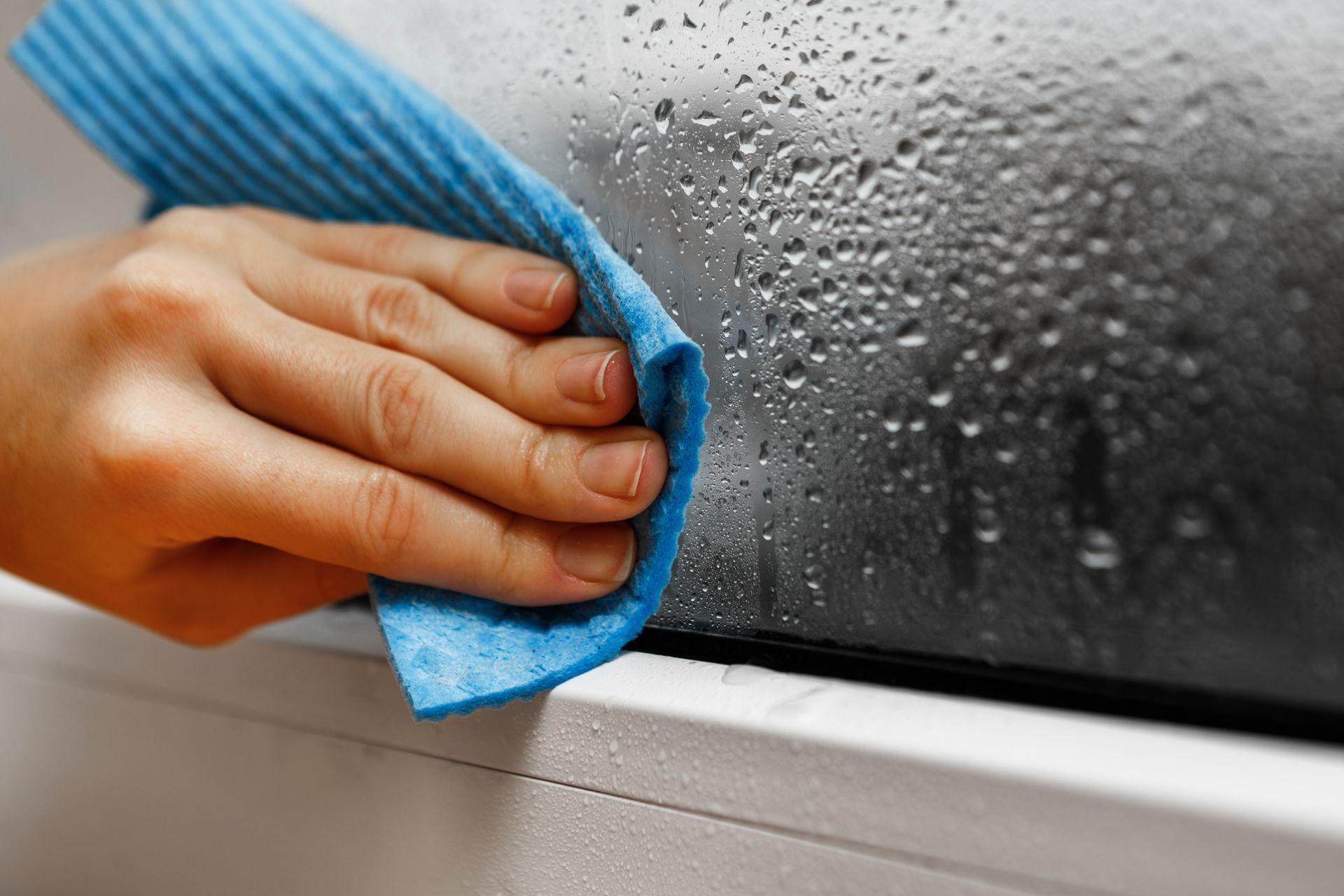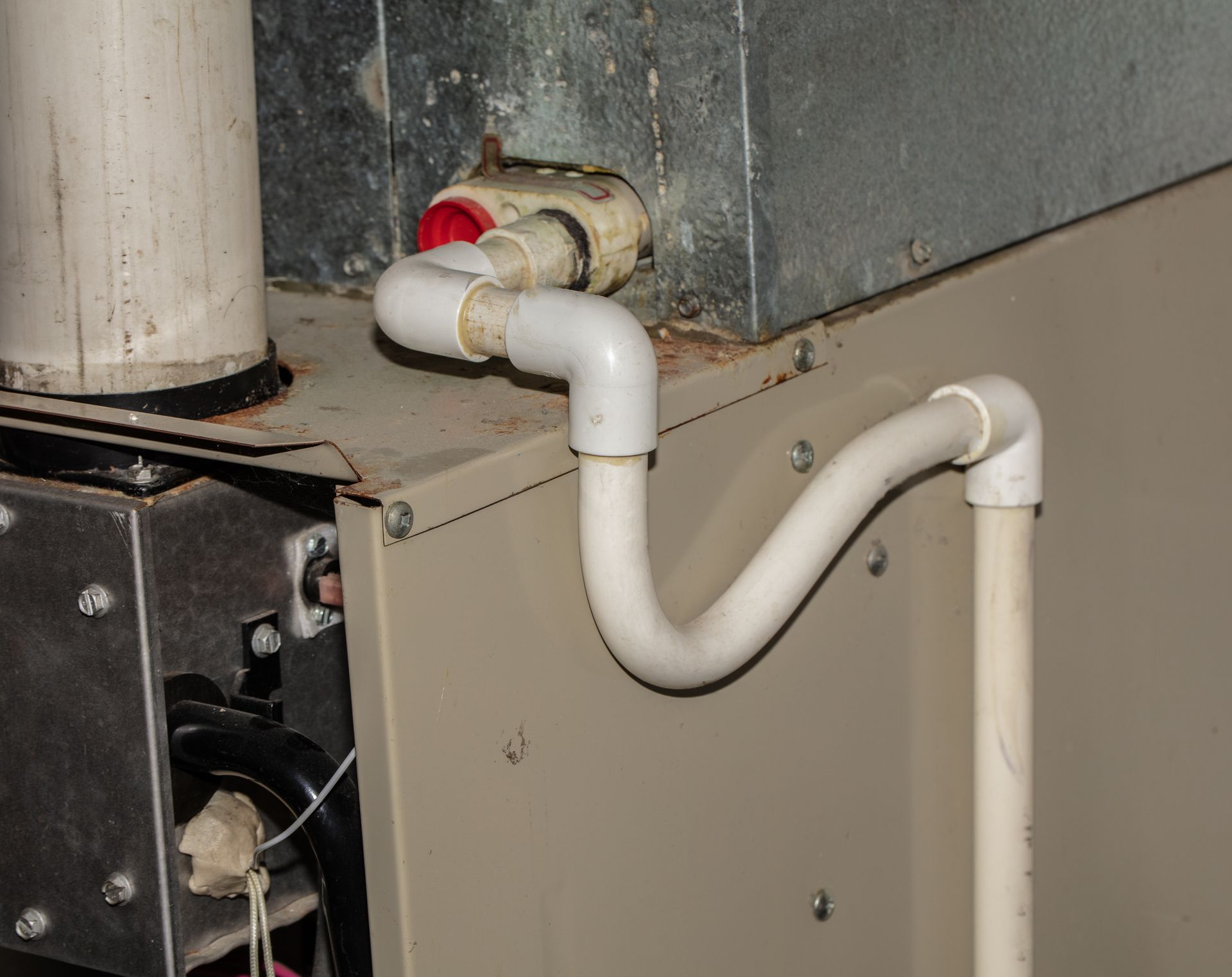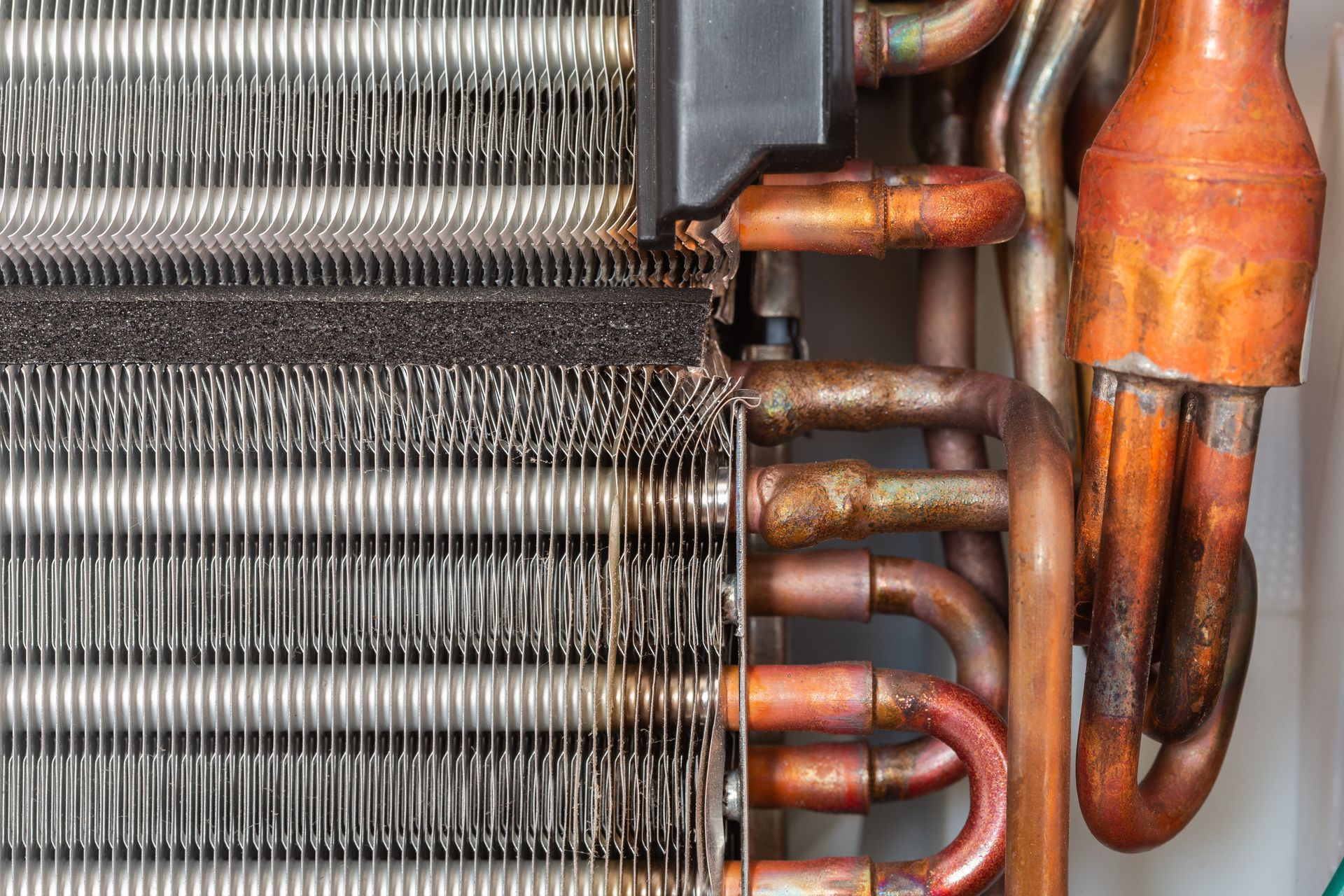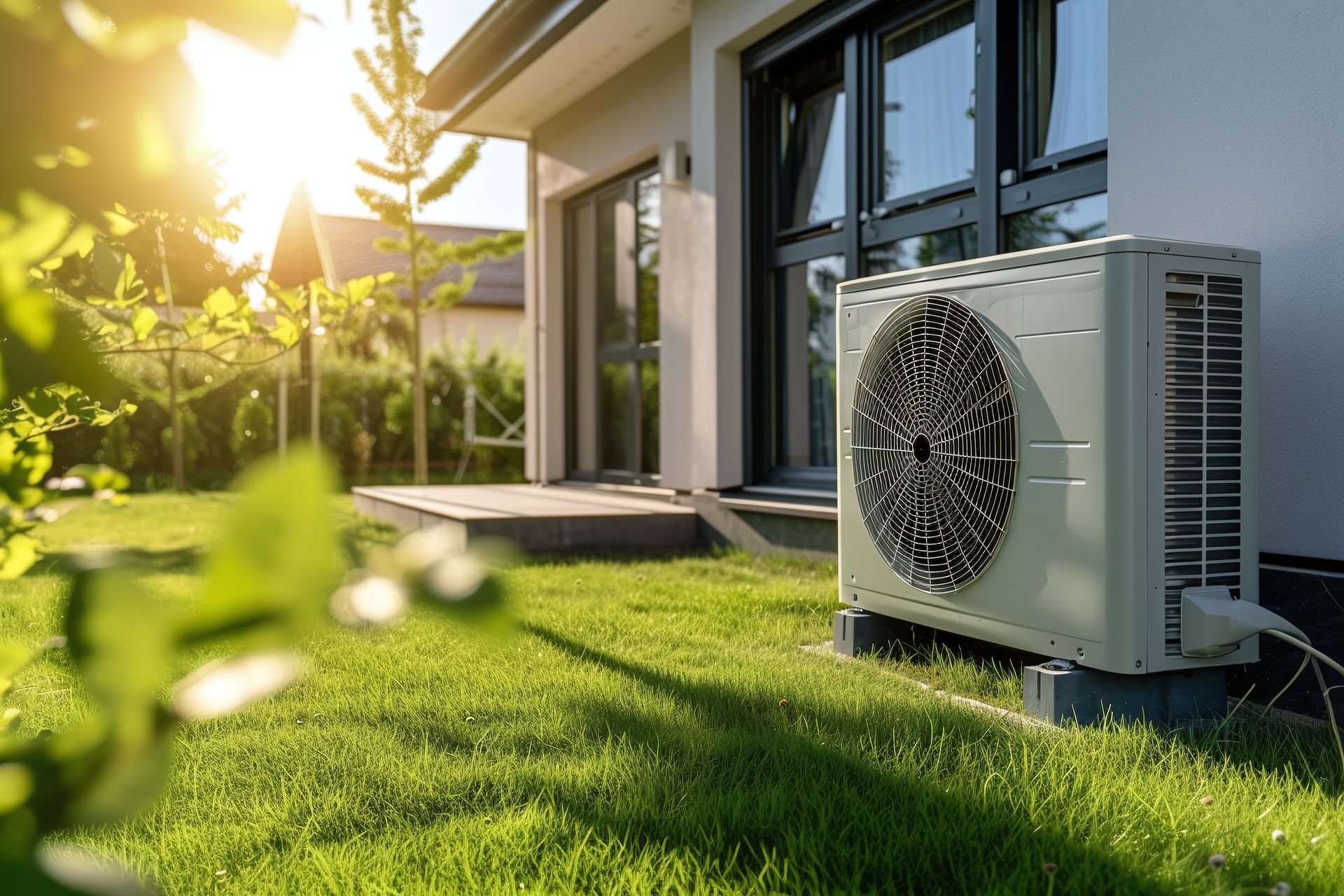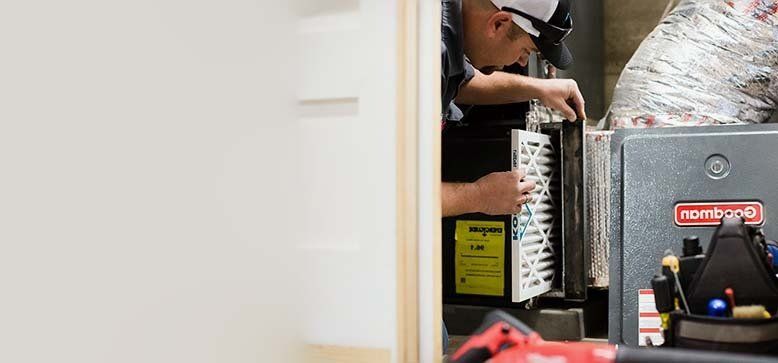How to Fix the Furnace Gas Valve Not Opening
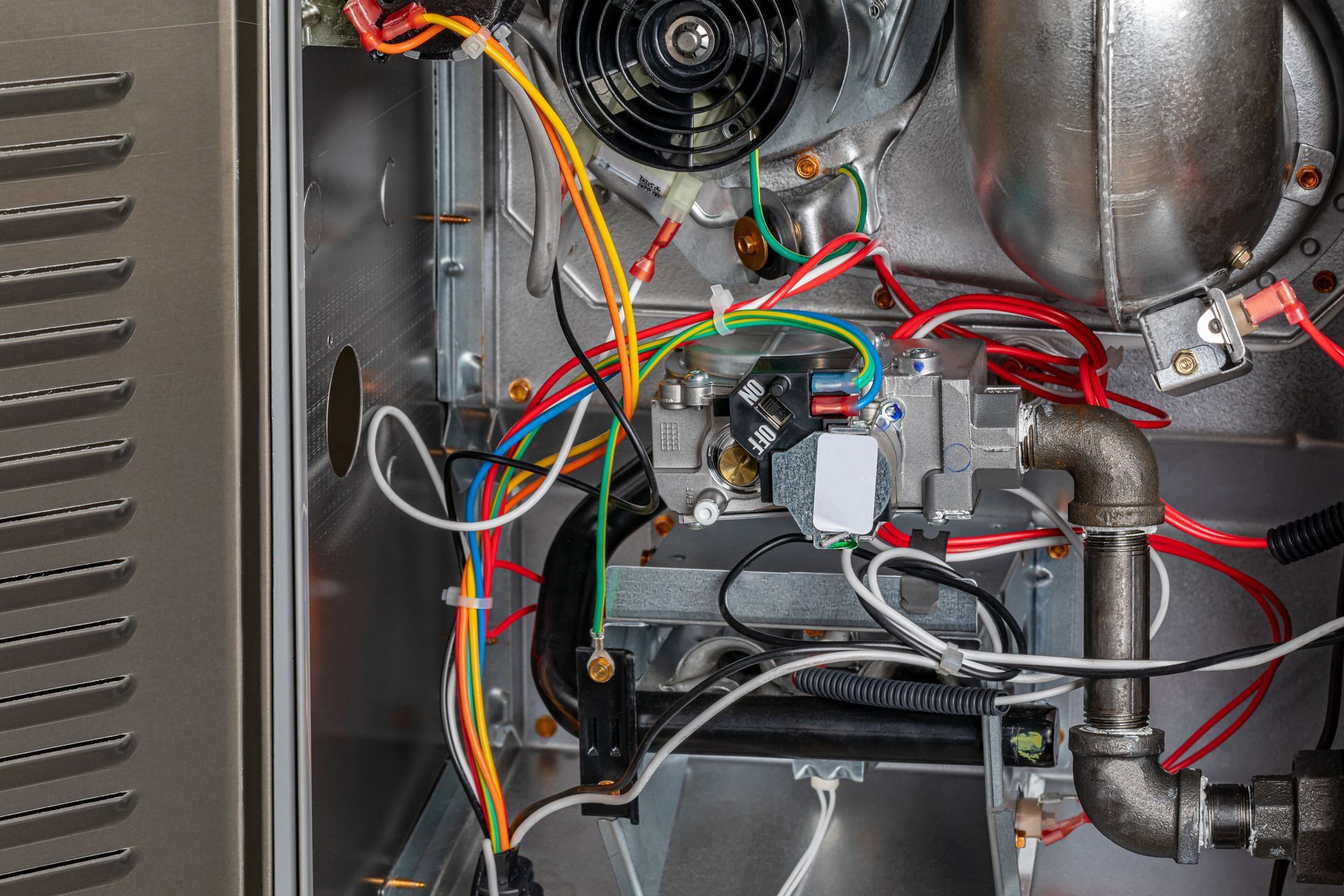
What does it mean if your gas furnace won’t turn on or isn’t properly heating your home? It might be because your furnace gas valve is not opening. A faulty gas valve is one of the most common malfunctions that occurs in gas furnaces.
The gas valve allows gas to enter your furnace, where it’s burned to create heat. Gas valves can get stuck, preventing gas from entering the furnace, or they can get cracks or tears that cause dangerous gas leaks.
There are a few different ways you can troubleshoot a faulty gas valve but it is important to remember that working on a gas valve without prior experience can be dangerous. This is why it is recommended that a qualified HVAC technician is called in for support.
Why is the Furnace Gas Valve Important?
The gas valve regulates the flow of gas from your gas line or tank to your furnace.
A furnace gas valve may become stuck as it wears down over time. When your gas valve gets stuck, the furnace is not getting enough gas and it can’t create enough heat to warm your home.
A damaged gas valve may also cause a gas leak, which is a serious safety hazard.
In other words, a properly functioning gas valve is crucial for the comfort and safety of your home. If there are any signs of a faulty gas valve, a professional should be called for furnace repairs immediately.
Could it Be a Faulty Gas Valve?
A faulty gas valve might be the reason your furnace isn’t adequately heating your home.
So what causes gas valve failure?
Gas valves get worn out over time, or they can get damaged by excessive basement moisture or water seepage.
However, there could be other culprits. A faulty ignitor, circuit board, or thermocouple could also keep your furnace from creating heat.
Signs of a Faulty Gas Valve
There are 3 main symptoms of a faulty gas valve:
- No Heat: The most common symptom of a faulty gas valve is that your furnace produces very little heat or no heat at all. The gas valve can get stuck, which prevents gas from entering your furnace. Your furnace not getting gas will result in an adequately heated home.
- Furnace Stuck Running: A stuck gas valve may also cause your furnace to run for an unusually long period of time. Since it’s not receiving enough gas, it’ll run constantly to try and reach the temperature set on your thermostat. This may also spike your energy bill (which is arguably the worst symptom!). If your furnace doesn’t turn off and won’t produce heat, it’s best to turn off your heater altogether.
- Gas Leak: A faulty gas valve could cause a gas leak in your home. This can go undetected which can result in a very dangerous situation. This results in gas building in a confined area which can be ignited by any source of combustion. If your furnace hasn’t been working and you smell gas, leave your home immediately and call emergency services.
Gas Valve Safety Concerns
A damaged gas valve may cause gas to leak into your home. Gas leaks expose you and your family to toxic gasses and create a fire hazard. If your furnace hasn’t been working properly and you notice the smell of gas, it’s best to open any doors and windows as you exit your home immediately and call emergency services.
It’s important to repair a faulty gas valve as soon as possible to reduce any risk of danger or fire hazards. An annual furnace tune up is the best way to keep your gas valve working properly.
Check the Gas Supply in 2 Easy Steps
Before you call an HVAC technician, there are couple easy steps you can take to check whether or not it’s the gas valve that’s broken:
- Check the Gas Supply Valve
- Check the Gas Valve Switch
Don’t forget to double-check the thermostat is set to HEAT.
Check the Gas Supply Valve
First, check the handle / knob of the gas valve. The handle should be running parallel to the gas pipe when it’s in the ON position. The gas valve won’t open if it’s in the OFF position.
Check the Gas Valve Switch
The gas valve won’t open if it’s not getting power. Make sure the gas valve switch is in the ON position. On most furnaces, the switch looks very similar to a light power switch.
Turn on your heater when the gas valve and switch are in the ON position.
If the furnace still isn’t heating, or if the valve and switch were already in the ON position, then keep reading to troubleshoot further.
Furnace Gas Valve Sequence of Operations
Understanding how the furnace works can help you figure out whether or not the furnace gas valve is bad.
Here’s a rundown of a gas furnace’s sequence of operations:
- Thermostat signals for heat
- Inducer motor powers on
- Pressure switch confirms the motor is working correctly
- Ignitor activated
- Gas valve opens
- Flame distributed across the burners
- Flame sensor confirms all burners are lit
- Blower activated forcing hot air through the air ducts
You can tell whether the furnace gas valve is stuck by examining the first few steps of this sequence on your gas furnace.
Inducer Motor Starts the Sequence
When you turn on the heater, the thermostat tells your circuit board to begin the heating process. The circuit board activates the inducer motor.
The circuit board needs to know that the motor is working properly before opening the gas valve. A safety feature called the pressure switch detects whether there’s suction coming from the motor. If so, it tells the circuit board that all is clear and the circuit board then activates the ignitor.
Now, gas needs to pour over the ignitor to start the combustion process.
This Triggers the Gas Valve
The circuit board opens the gas valve. The gas that’s supplied by your local utility flows through the gas valve and into your furnace.
The gas that’s being delivered from the utility pipes flows at a volume of 7”-10” water columns (wc). Your gas valve will only let about 3.5” wc flow to your burner.
If your gas valve / furnace was recently installed, it’s possible that the installation technician forgot to set the correct pressure. Most of the time, gas valves have a preset volume of 3.5” wc, but in some cases the pressure needs to be set manually.
Once the gas begins flowing into your furnace, the flame sensor confirms that the flame is properly lit and hot air will be dispersed by the blower.
How to Know if Furnace Gas Valve is Bad
The gas valve only opens after your ignitor turns on. If the ignitor doesn’t turn on, then the problem is with another part of your furnace and not the gas valve.
The issue could also be with your circuit board. The circuit board might not be telling your gas valve to open. Or, it’s telling your gas valve to open but the gas valve is shut.
You can use a multimeter to check the voltage of your furnace circuitry to confirm whether or not there’s a circuit board problem. Only do this if you feel comfortable using a multimeter. Otherwise, it’s best to call an HVAC technician. If the control board is operating properly, then the gas valve may be the culprit. It is important to remember that gas valves can’t be fixed in the field, it takes a manufacturer’s certified gas valve specialist to make these kinds of repairs.
Do not bang on the gas valve with a tool.
This is extremely dangerous. Any system that deals with gas and flames is not to be repaired using brute force, so don’t risk personal injury by messing with the gas valve in such a way. You could damage the gas valve or even set fire to your home, and your insurance might not cover damages if an unqualified person was to attempt a gas valve fix in this way.
Things to Test on a Furnace Gas Valve
Here are a few ways you can test the gas valve:
Check the Gas Valve Coil and Wires
If your gas heater won’t turn on at all, there might be a problem with the circuitry or ignition source.
A circuitry issue will come from either your circuit board or your gas valve. You can use a multimeter to gauge the health of your gas valve circuitry, if you feel comfortable using one.
On the multimeter, select RESISTANCE/OHMS mode. Hook up the multimeter to the gas valve terminals. You should get a reading of 24 to 120 volts depending on what your heating systems requires. If the reading is OL then the gas valve is faulty.
You can also check whether the wires that lead to the gas valve are cracked or frayed. Your circuit board can’t communicate with your gas valve if there are damaged connections.
Check the Ignition Source
If your furnace has a pilot light, you can look underneath the furnace and see the small flame burning.
The flame sensor needs to be properly aligned with the flame. Over time, a buildup of rust or carbon buildup may cause the flame to drift left or right. In that case, the burner needs to be cleaned by a trained HVAC specialist.
It’s also possible that the burner orifices could be plugged. Sometimes bugs or spiders crawl into them during the off-season when you’re not using your heater and keep it from working properly. You can use a small wire to poke into the orifices, but it’s better to enlist an HVAC technician—you don’t want to accidentally damage something or risk electric shock by poking into the wrong hole.
Check the Safety Mechanisms
Does your furnace run for a few minutes before shutting off? This could be caused by the high limit switch. The switch is probably turning off your furnace because the furnace is getting too hot. That means that you need to enlist an HVAC technician to clean the evaporator coil.
It’s also possible that the blower motor speed is set too low. The installation manual for your furnace should tell you what speed to set the blower motor. Otherwise, contact a heating specialist.
Check the Inlet and Outlet
One of the best ways to gauge the health of a gas valve is check the pressure on the inlet and outlet sides. You’ll have to insert a manometer using a “T” fitting. The gas valve is broken if you detect a major discrepancy between the inlet and outlet pressures.
Using a manometer is a highly technical task and best left to HVAC technicians.
Check the Ductwork
Check the air ducts that are connected to your furnace and make sure that they are not crushed or damaged. The ducts should be perfectly round, otherwise they won’t be able to supply enough air back to the furnace.
How to Replace Gas Valve on Furnace
If you’ve taken all the troubleshooting steps and 1) identified the gas valve is malfunctioning 2) still can’t determine what’s wrong with your furnace, then you should contact a qualified HVAC technician.
Only licensed technicians should replace a furnace valve. The work is highly technical, and if done improperly could put you and your loved ones in danger. Any component involving gas transfer should not be tinkered with by anyone but trained professionals.
Most often, furnaces don’t work properly after having not been used for a period of time, like in the summer months. It’s helpful to turn on your furnace once or twice during the hot season. You should also schedule an annual furnace tune up, which is the best way to keep your furnace in good shape and prevent expensive breakdowns from happening.
Contact GS Home Services to Replace a Gas Valve
GS Home Services can replace a faulty gas valve or discover what else is causing your furnace to work improperly. We know the safety and comfort of your home is important to you, and you can rest assured our expert HVAC technicians will get your furnace running properly again to get you through the cool months. GS Home Services gives you transparent pricing, expert insights and advice, and fast turnaround times.


